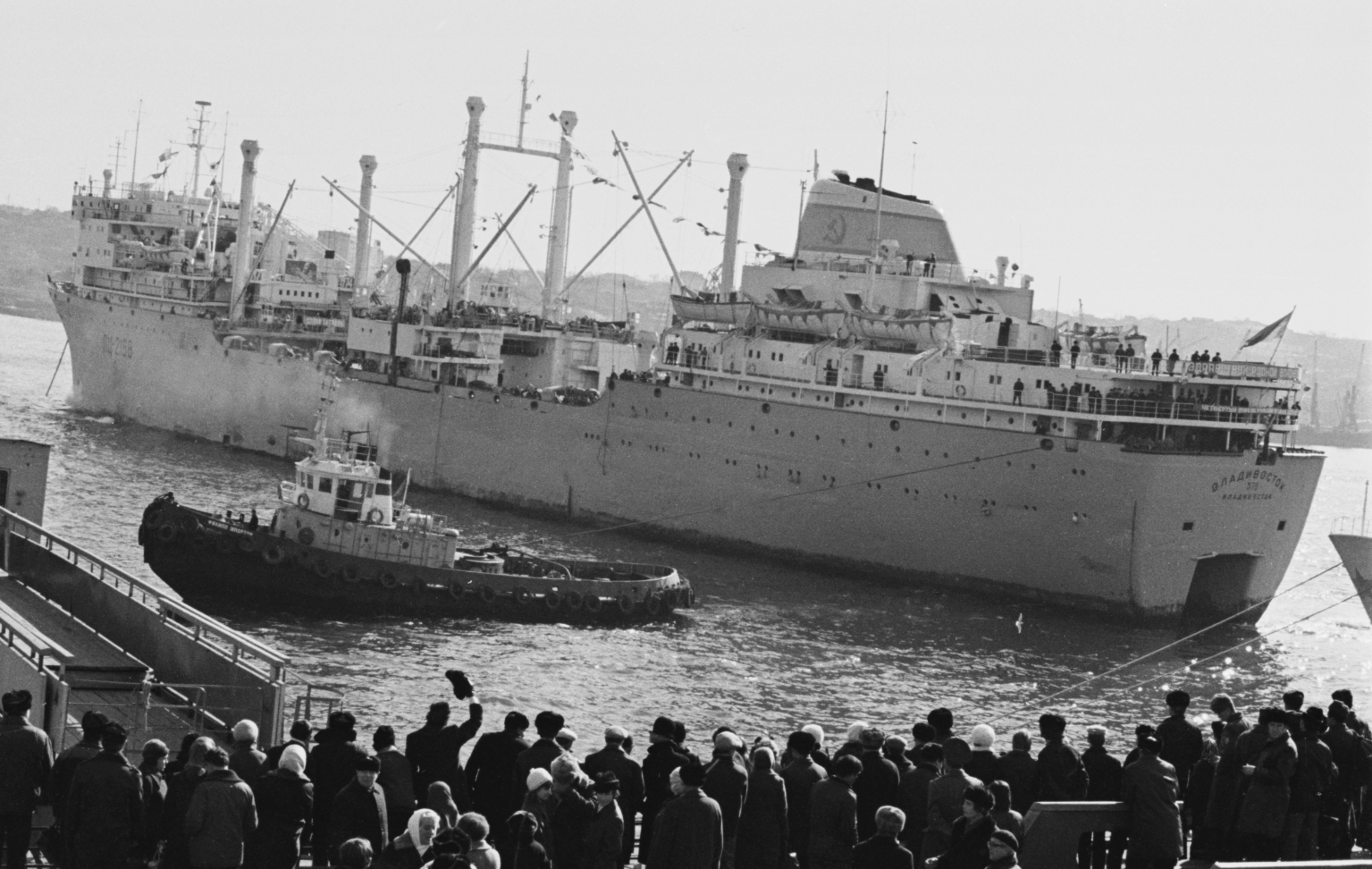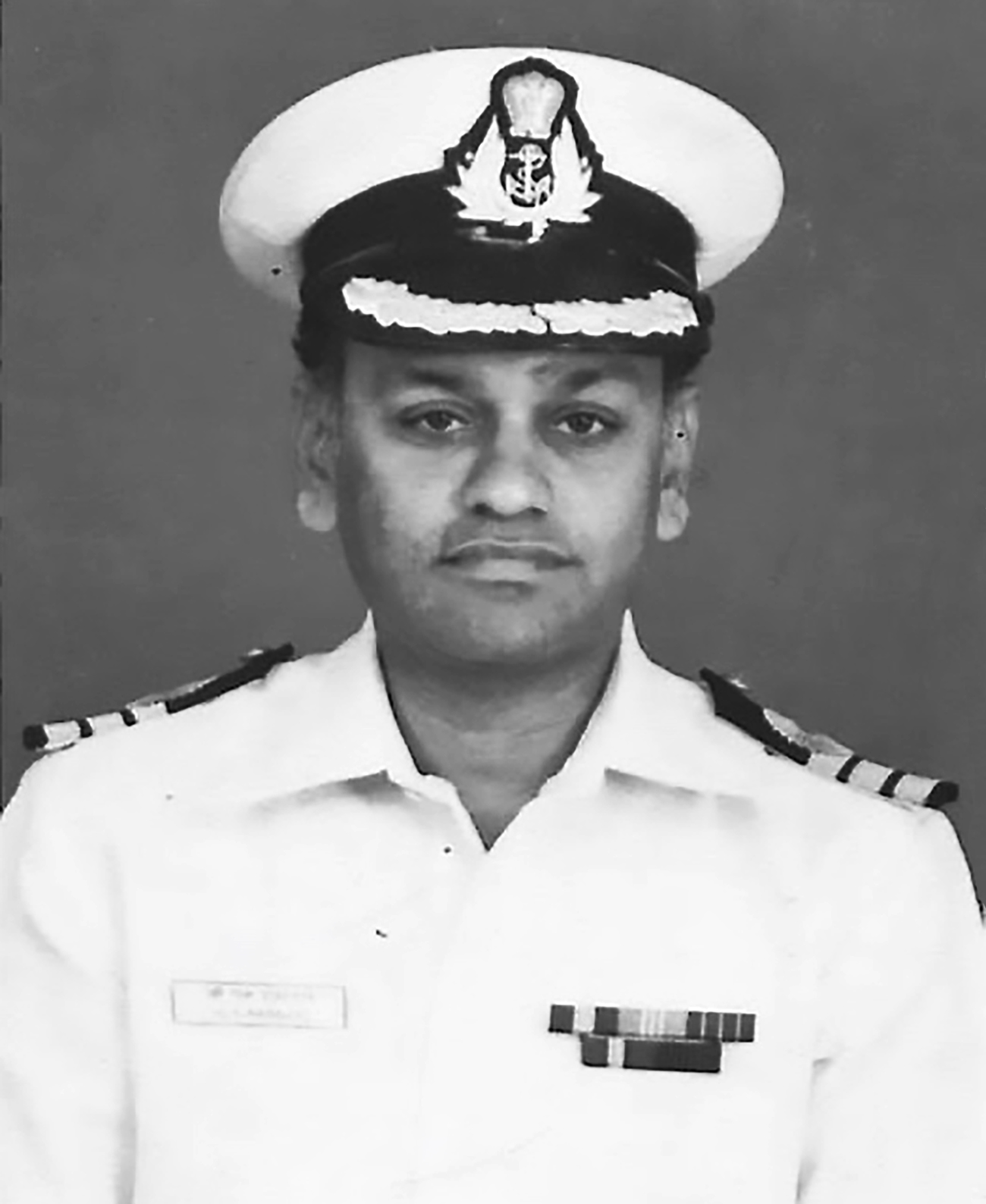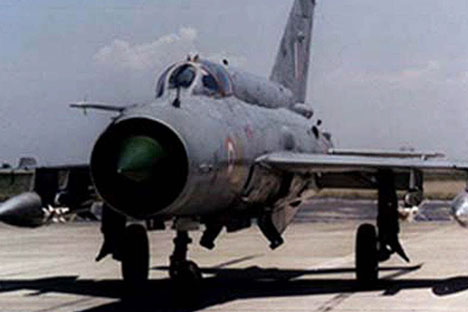How an Indian sailor trained in a secret mission in Vladivostok

Vladivostok was closed off to foreigners from 1945 till the collapse of the USSR. Source: Yuri Muravin/TASS
In the summer of 1970 the Indian Navy picked a select group of sailors for a top secret mission in Russia. The group of 40 officers and 18 non-commissioned men were sent to Vladivostok – the HQ of the Soviet Pacific Fleet for training in maritime missile warfare – a relatively new form of combat at that time. Among those despatched to Vladivostok was Missile and Gunnery Officer Sri Rama Rao Gandikota. Little did he know he was about to make history and become the member of an illustrious group of sailors.
Four months of learning Russian language skills in India was followed by eight months of extensive technical training in Vladivostok. After the crews returned in April 1971, India secretly commissioned eight new Russian warships in the navy’s Killer Squadron. These were the Osa class missile boats, armed with the deadly Styx anti-ship missile.
Bangladesh War
By mid-1971 the Pakistan Army was conducting one of the largest genocides of the 20th century, on its Bengali citizens. With most of the western countries supporting Islamabad, war seemed India’s only option to stop the mass killings.
During a tri-forces meeting with Prime Minister Indira Gandhi, Navy Chief Admiral H.M. Nanda requested political clearance for an attack on Karachi. Although the Prime Minister readily granted clearance, she wanted to witness first-hand the Osa class boats in action. The vessel selected for the firing of the Styx was the INS Nirbhik on which the Visakhapatnam-born Gandikota was serving.
 Sri Rama Rao Gandikota in 1984. Source:Wikipedia
Sri Rama Rao Gandikota in 1984. Source:Wikipedia
The sailor told RIR: “The missile launch was conducted 15 nautical miles off Mumbai, with a ‘battle target’ floating 40 nautical miles further. As the INS Nirbhik moved into position, the Prime Minister and the Admiral watched the firing from another warship. Upon receiving the signal from my captain, I aimed the missile at the target and pressed the launch button. Within seconds the target was blown to smithereens.”
The 30 year old gunner thus became the first sailor in the history of the Indian Navy to fire a missile from an Indian naval warship.
When war broke out on December 3, 1971, the Killer Squadron raided Karachi the following night, sinking three Pakistan Navy warships, badly damaging another, and destroying several fuel storage tanks in the harbour. A second attack on December 8 sunk two ships, damaged another beyond repair and completely destroyed the oil storage facility.
Gandikota was part of the second mission but unfortunately the INS Nirbhik was diverted just before the operation to provide rescue support to the sinking frigate INS Khukri.
The sailor, who retired from the navy as commander, has no regrets as the Killer Squadron had achieved its twin aims of destroying Karachi harbour and bottling up the Pakistan Navy in port. The Pakistani warships did not venture out to sea for the rest of the war.
Recollections of Russia
The officers selected to train in Russia were of a high calibre. Gandikota, for instance, had a master’s degree in mathematical economics. Because of his educational qualifications, he was commissioned as an officer in just three years.
The future members of the Killer Squadron were based on Russky Island, then a no-frills island, off Vladivostok. “The weather was terrible,” he says.
“In winter the temperature was around -32 degrees Celsius plus it was windy which made it even worse. We were not used to such conditions. On top of that the living conditions were austere. There was no central heating, instead rooms were heated by hot water pipes running through the walls and floors. It was a tough eight months.”
However, the interaction with the Russians made up for the tough life. “The tutors were excellent,” he says.
“They had amazing command over the subject, and would offer us minute details of missile warfare so were able to understand every aspect of the system. We attended classes from 9am to 4pm and did some sailing as well.”
Secretive Russians and vegetarian food
Gandikota says though they made lots of friends in Russia, the Soviets were extremely secretive. “They would talk only what was required. They didn’t muck around with jokes or light banter. It was very business-like.”
The sailors were not allowed to leave Russky Island but occasionally there was respite when they were taken on excursions to mainland Russia lasting two or three days.
The Russians also made up for the austere conditions by providing ample quantities of vegetarian as well as meat dishes.
“Food was aplenty,” says Gandikota. “Plus every Sunday they would bring a barrel of beer and lots of vodka. I did not drink hard liquor but loved the beer.”
Gandikota found out that one of the tutors shared his passion for stamp collecting. “Normally, Russians don’t invite you to their home unless you are a close friend, but as our friendship grew this officer took me home for dinner with his family after the end of the course,” he says.
When the course ended, the Indian sailors were treated to a three-day sightseeing trip to Moscow.
Success factors
Gandikota proudly says that after the missile attacks, the crew of the boats were nicknamed ‘Killers’. He attributes the success of the Killer Squadron to three factors – hard training, motivation and secrecy.
“We were not allowed to talk about our mission in the navy,” he says. “When the missile boats arrived from Russia, in merchant ships, they were camouflaged so that nobody could tell what sort of vessels they were.”
According to the sailor, the intense training in Russia prepared them well for the rigours of combat. “After we returned to India we trained constantly. We would set out for the sea and practise missile launches. All this prepared us well for the 1971 War.”
Retirement and after
Gandikota retired in 1993 and feels it has been a great honour to serve in the Indian Navy’s Killer Squadron.
Forty-five years after they destroyed Karachi harbour and caused the “biggest bloody blaze in the whole of South Asia”, the officers of the squadron continue to celebrate their memorable victory. So far they have had three get-togethers at the naval officers’ mess in Mumbai.
Having served the nation in difficult times, Gandikota believes the navy is getting soft after almost five decades of peace. The Indian Navy must not lose its killer instinct, he says.
Rakesh Krishnan Simha is a New Zealand-based journalist and foreign affairs analyst. Read more of his articles here.
Views expressed in the column are personal.
If using any of Russia Beyond's content, partly or in full, always provide an active hyperlink to the original material.
Subscribe
to our newsletter!
Get the week's best stories straight to your inbox


